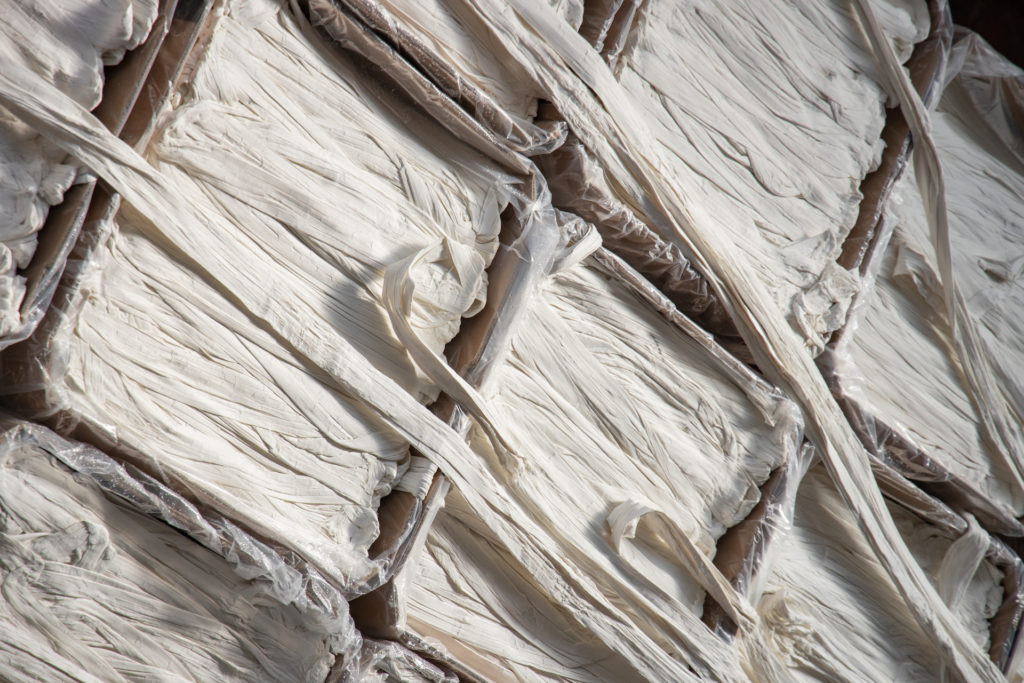Italy is the first country at European level that, since 1 January 2022, has made the separate collection of textile waste mandatory. This decision transposes and anticipates by three years the European directives on the circular economy in the textile sector.
The objective is to reduce environmental impact, encourage reuse and recycling and ensure economic, social and environmental sustainability.

Textile waste in Italy: quantity and disposal
According to the report “Italy of recycling”, the Foundation sustainable development and Unicircular, in 2019 in Italy were produced 480,000 tons of textile waste. 50% of these come from the textile industry, 30% from urban waste sorting, the remaining 20% from other types of activity.
As stated in the report, in 2019 46% of the waste in the textile sector was started to recover material, while 11% was destined for disposal. A very large share of waste, about 43%, was allocated to intermediate activities, such as pretreatment and storage.

Separate collection of urban textile waste
According to the latest Ispra report on municipal waste published in December 2021, 143.3 tonnes of tissues were collected in 2020. This type of collection is managed by municipal administrations.
In some municipalities the separate collection of textiles already takes place, but there are still several aspects to work on. For example, making collection bells for textile waste more accessible and increasing. In this way, citizens are encouraged to dispose of this waste correctly, avoiding that it ends up in the undifferentiated.

What about textile waste?
Textile recycling is a job that the district of Prato has existed for many years. After separate collection, textile waste is sent to treatment plants for different types of use: reuse (68%), recycling ( 29%) to obtain industrial scrap or secondary raw materials for the textile industry, disposal (3%).
In textile waste sorting plants the first activity concerns a sorting by type of garment. The second selection separates garments by quality and, if necessary, sanitizes garments for reuse.

The reuse of textile waste
The textile fraction of municipal waste discarded from the selection, because it is not suitable for reuse, is screened by type of material. If possible, the textile material is used for several products: industrial cleaning and maintenance (absorbent and washing cloth), trimming, carding and fraying of the fibres for the production of new fabric. But also fillings such as acoustic and thermal insulators and self-motive.

